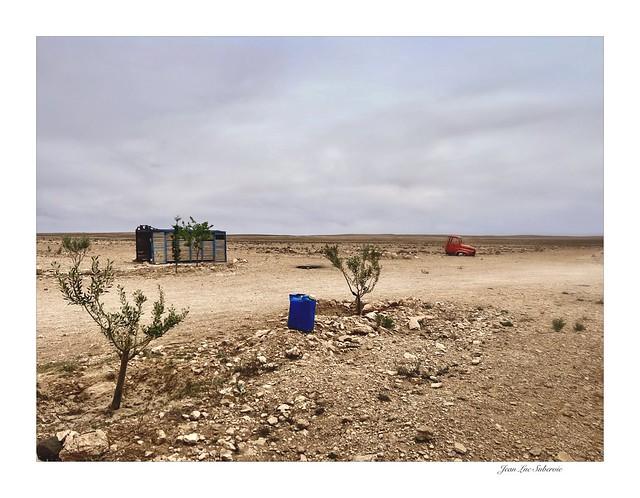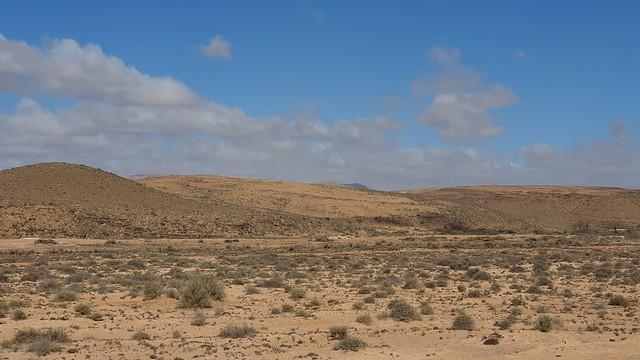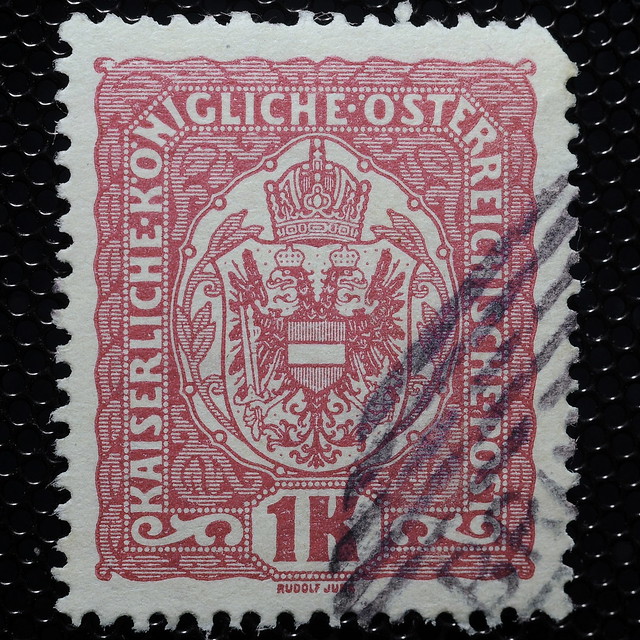Fahs-Anjra
Overview
Overview of Fahs-Anjra, Morocco
Fahs-Anjra is a unique province located in the Tangier-Tetouan-Al Hoceima region of northern Morocco. This area is known for its rich blend of cultures, influenced by its proximity to Europe and historical interactions with various civilizations including the Phoenicians, Romans, and Arabs. The region boasts a scenic landscape, encompassing rural valleys and hills that are perfect for nature lovers. Fahs-Anjra is less touristy compared to major Moroccan cities, offering a more authentic and tranquil experience. The local culture is vibrant with traditional Moroccan customs, crafts, and cuisine, providing a deep dive into the country's heritage.
Tourism Season and Activities
The high season for tourism in Fahs-Anjra runs from April to October, when the weather is most pleasant. During this period, temperatures are warm but not excessively hot, making it ideal for exploring the outdoors. Visitors can engage in hiking, visiting local farms, and exploring the small villages that dot the province. The region’s proximity to the coast also allows for quick trips to nearby beaches for swimming or sunbathing. Cultural festivals and local souks (markets) are particularly vibrant during these months, offering an excellent opportunity for teenagers to immerse themselves in local traditions and purchase unique handcrafted goods.
Preparations for Travel
Before visiting Fahs-Anjra, travelers should prepare adequately to ensure a smooth experience. It is advisable to check visa requirements, as some visitors might need to apply for a visa beforehand depending on their nationality. Packing should include comfortable clothing suitable for warm weather and a cooler evening layer, as well as sturdy shoes for walking or hiking. Learning a few basic phrases in Arabic or French can greatly enhance communication with local residents, as these are the predominant languages spoken in the area. Additionally, travelers should have a map or a GPS-enabled device, as rural areas might not be well-covered by signs, and getting directions from locals could be challenging without some knowledge of the local language.
How It Becomes to This
History not available

You May Like
Explore other interesting states in Morocco






